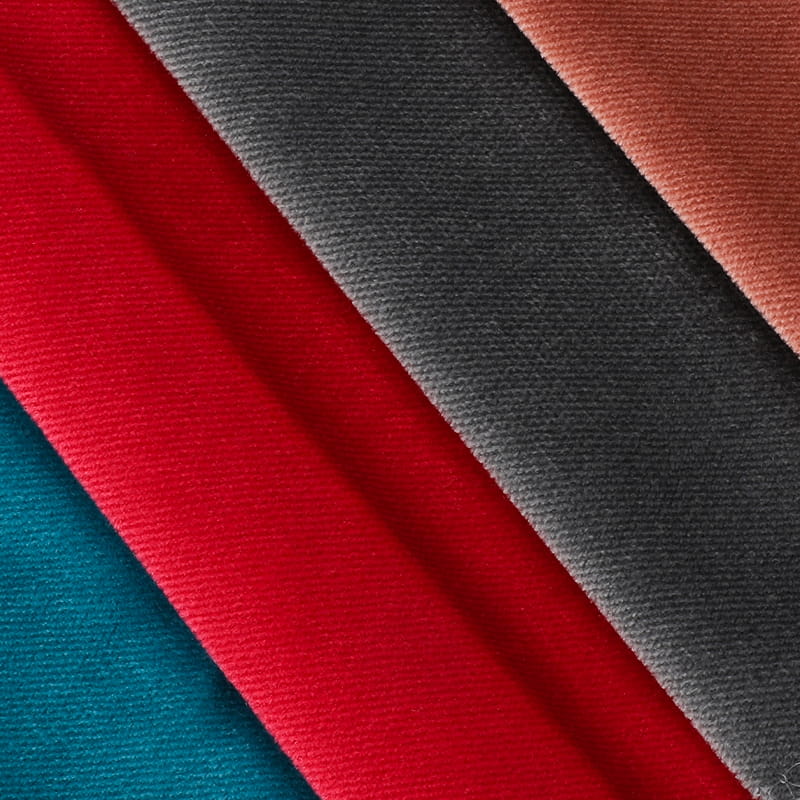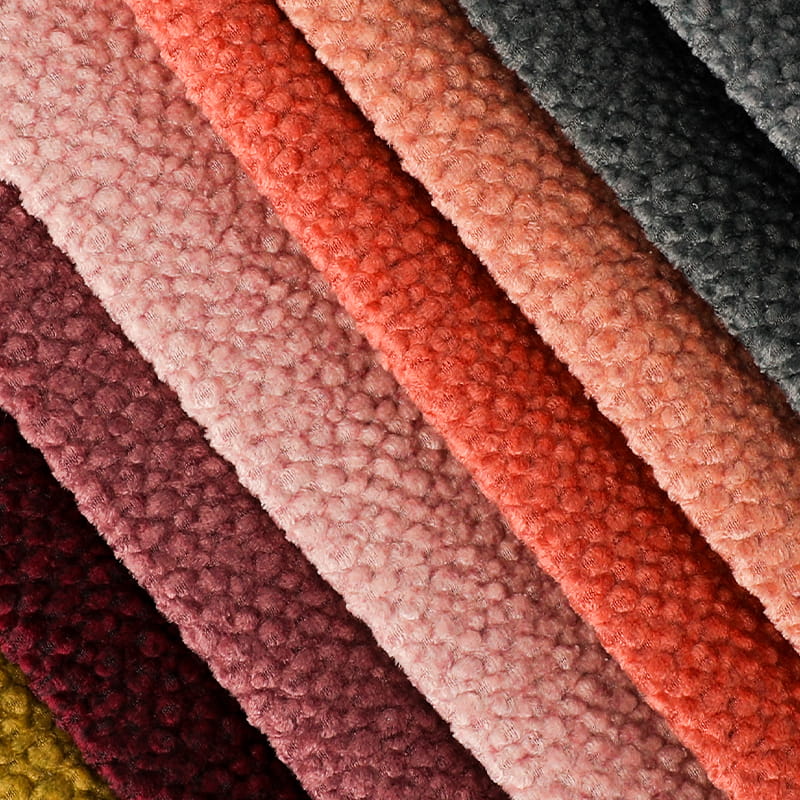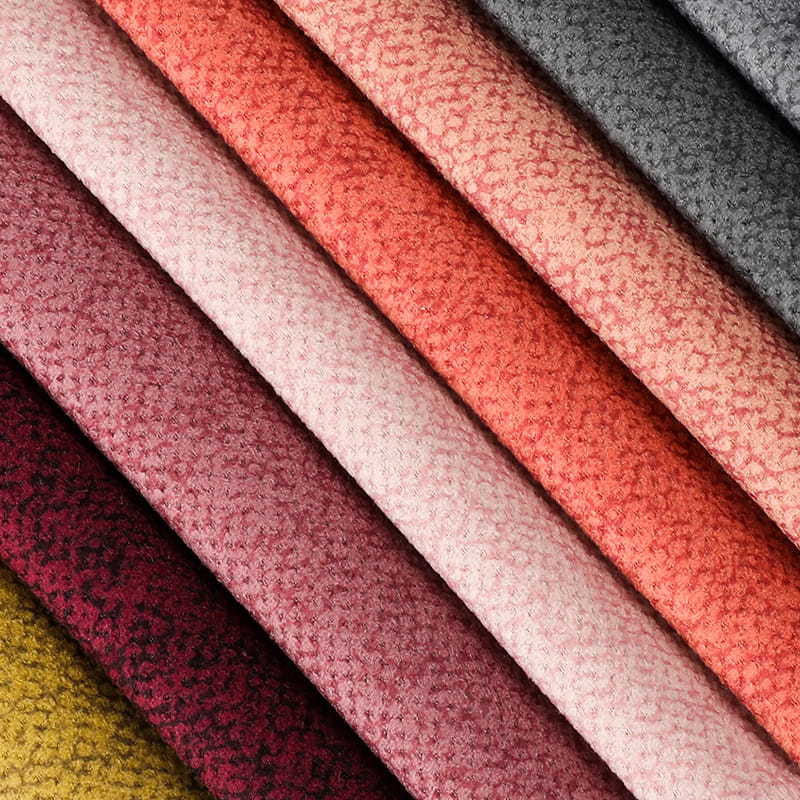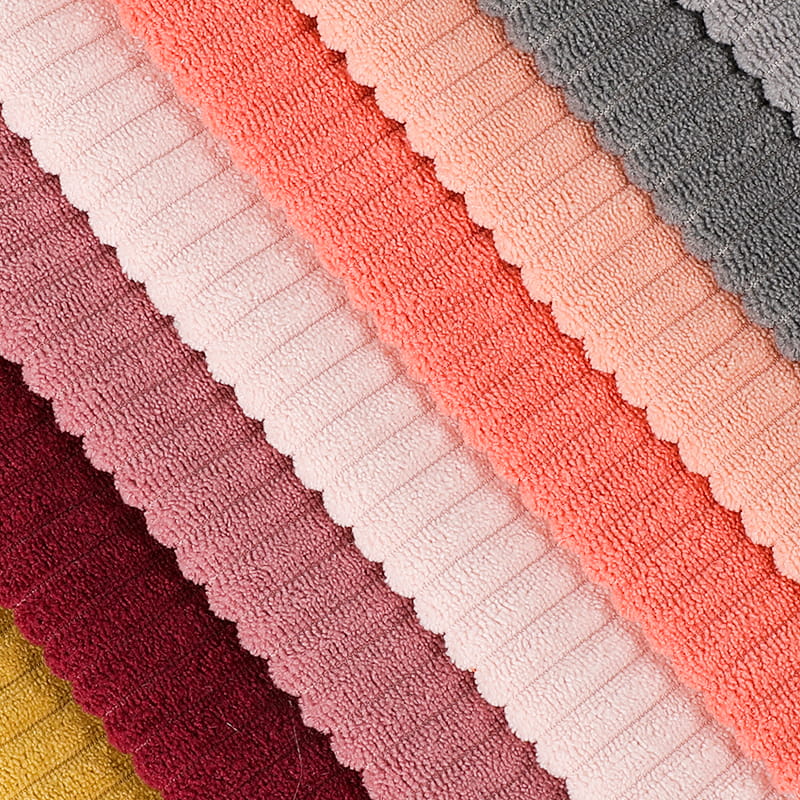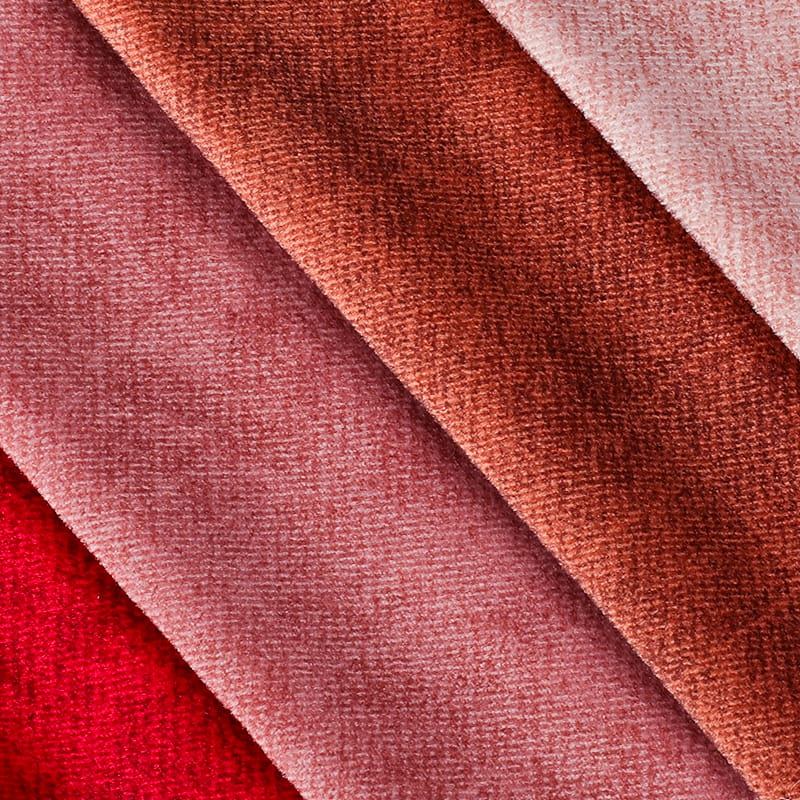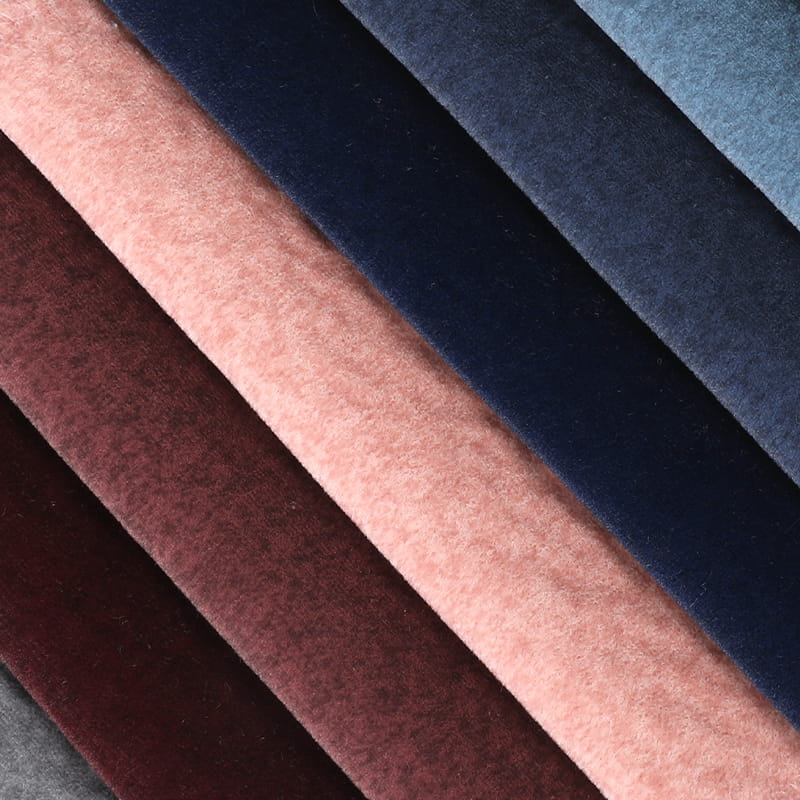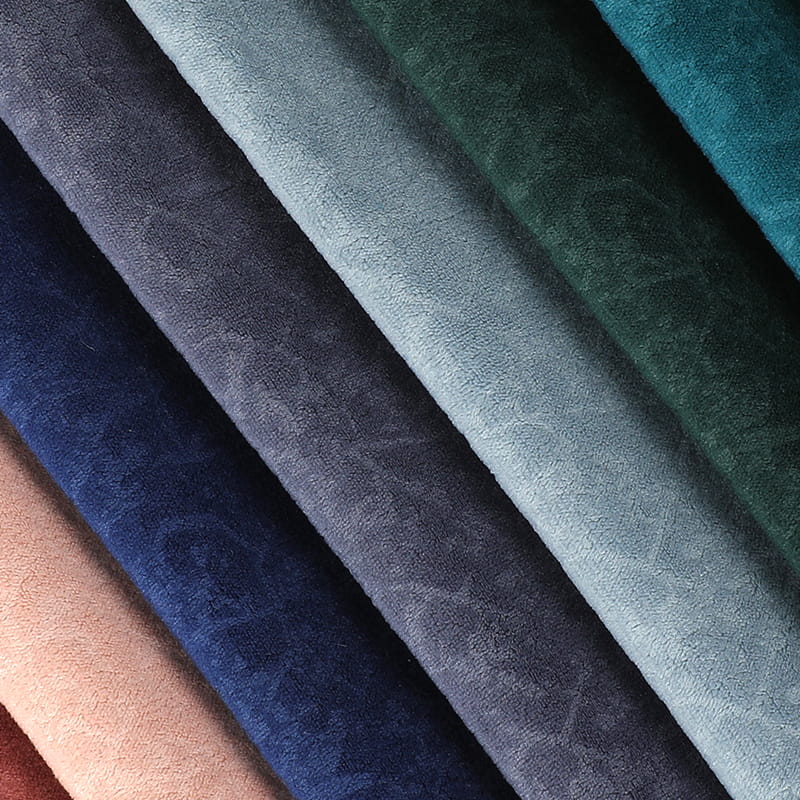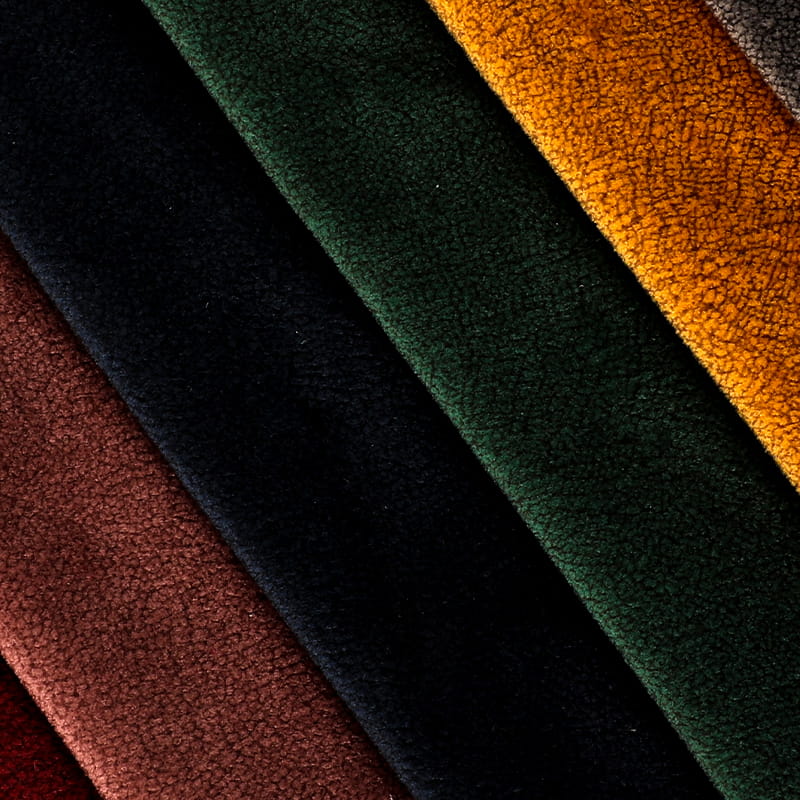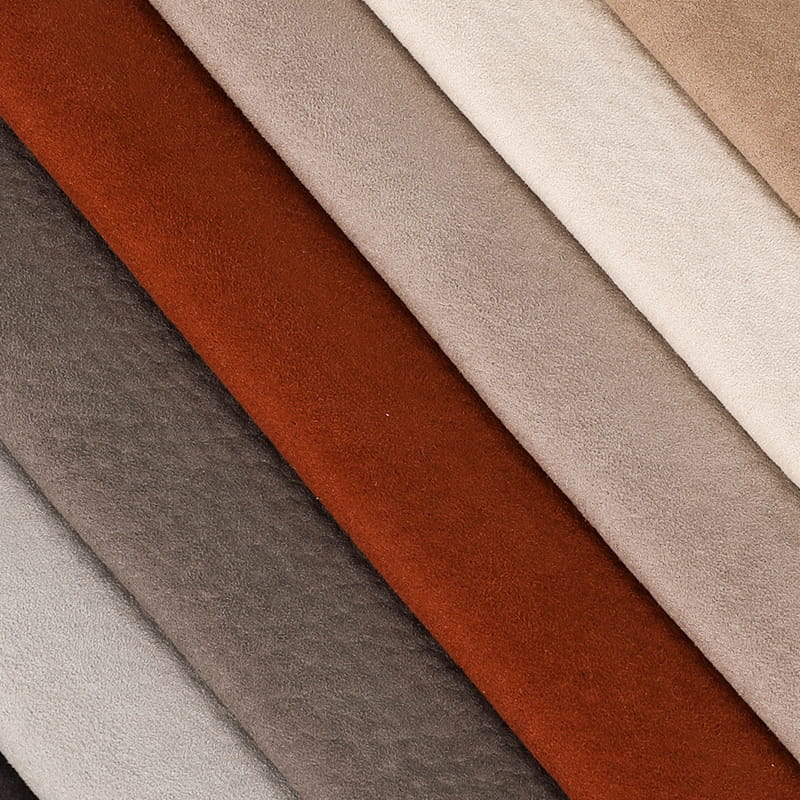I. Introduction
A sofa is often the centerpiece of a living space, a place for relaxation, entertainment, and connection. While its style and shape are important, the fabric you choose for your sofa plays an equally, if not more, critical role in its overall appeal and functionality. Beyond mere aesthetics, the right sofa fabric dictates comfort, durability, ease of maintenance, and how well it integrates with your lifestyle.
This article will delve into the diverse world of sofa furniture fabrics, exploring both natural and synthetic options, their unique characteristics, and the crucial factors to consider before making your selection. Choosing the right sofa fabric is paramount for ensuring its longevity, maximizing comfort, and maintaining its style, requiring a thoughtful consideration of various practical and aesthetic factors.
II. Understanding Fabric Types: Natural Fibers
Natural fibers offer a timeless appeal and unique tactile qualities, each with its own set of advantages and considerations.
A. Cotton
Cotton is a widely popular choice due to its versatility and comfort.
- Characteristics: Breathable, soft, durable, and readily accepts dyes, making it available in a vast array of colors and patterns.
- Pros: Generally affordable, comfortable for extended sitting, and suitable for casual living environments.
- Cons: Prone to wrinkling, highly susceptible to staining (especially untreated cotton), and can fade over time if exposed to direct sunlight.
- Best for: High-traffic areas if treated with stain-resistant finishes, and casual living rooms where comfort is a priority.
B. Linen
Known for its relaxed elegance, linen is derived from the flax plant.
- Characteristics: Strong, possesses a natural luster, highly breathable, and feels cool to the touch.
- Pros: Exceptionally durable, an eco-friendly choice, offers an elegant, sophisticated look, and softens beautifully with age and use.
- Cons: Wrinkles very easily, can feel somewhat stiff initially, and is prone to shrinking if not pre-shrunk or properly cared for.
- Best for: Formal or semi-formal settings, and particularly well-suited for warmer climates due to its breathability.
C. Wool
Wool brings warmth and resilience to upholstery.
- Characteristics: Inherently durable, warm, highly resilient, and boasts natural flame resistance.
- Pros: Offers excellent wear resistance, provides good insulation, and naturally resists pilling.
- Cons: Can be more expensive than other natural fibers, may feel itchy to some individuals, and typically requires professional cleaning to maintain its integrity.
- Best for: Creating cozy, traditional settings, and ideal for colder climates where its insulating properties are appreciated.
D. Leather
A classic and luxurious option, leather is renowned for its durability and character.
- Characteristics: Extremely durable, ages gracefully, and inherently luxurious.
- Pros: Long-lasting, relatively easy to clean for spills (though not stain-proof), and develops a unique patina over time that enhances its beauty.
- Cons: Can be expensive, susceptible to scratches, and may feel cold in winter or warm in summer.
- Types:
- Aniline: Most natural look, softest feel, but least stain-resistant.
- Semi-Aniline: Offers a balance of natural look and some stain protection.
- Protected/Pigmented: Most durable and stain-resistant, with a more uniform color.
- Best for: High-end furniture, durable options for active households, and family-friendly environments due to its resilience.
E. Silk
The epitome of luxury, silk is a delicate yet beautiful choice.
- Characteristics: Incredibly luxurious, exceptionally soft, delicate, and possesses a beautiful shimmering appearance.
- Pros: Provides an elegant and sophisticated aesthetic, along with a wonderfully smooth feel.
- Cons: Very expensive, highly delicate, extremely prone to sun damage and staining, and not suitable for everyday, high-traffic use.
- Best for: Formal, low-traffic areas where its beauty can be admired without constant wear.
III. Understanding Fabric Types: Synthetic Fibers

Synthetic fibers are engineered for performance, offering enhanced durability, stain resistance, and often more affordable price points.
A. Polyester
A workhorse in upholstery, polyester is often blended with natural fibers.
- Characteristics: Highly durable, excellent stain and fade resistance, and frequently blended to enhance other fabric properties.
- Pros: Generally affordable, very easy to clean, and performs well in high-traffic areas.
- Cons: Can sometimes lack breathability compared to natural fibers, and may be prone to pilling over time.
- Best for: Family rooms and other high-traffic areas where resilience and easy maintenance are key.
B. Nylon
Known for its exceptional strength, nylon is a robust choice.
- Characteristics: Extremely strong, highly resilient, and boasts excellent abrasion resistance.
- Pros: Offers outstanding durability, retains color exceptionally well, and is easy to clean.
- Cons: Can be susceptible to damage from prolonged direct sunlight exposure over time.
- Best for: Heavy-duty residential use and commercial settings where extreme durability is required.
C. Olefin (Polypropylene)
A standout for its resistance to the elements, olefin is a versatile synthetic.
- Characteristics: Highly resistant to moisture, stains, mildew, and fading, making it ideal for challenging environments.
- Pros: Very durable, excellent for outdoor or high-moisture areas, and typically very affordable.
- Cons: Can feel less soft or luxurious than other options, and is susceptible to heat damage (e.g., from hot objects).
- Best for: Outdoor furniture, sunrooms, basements, and homes with children or pets due to its robust nature.
D. Acrylic
Often used as a wool alternative, acrylic offers good performance in sunny spots.
- Characteristics: Possesses a soft, wool-like feel, excellent fade resistance, and is mildew-resistant.
- Pros: A good choice for areas exposed to significant sunlight, durable, and relatively easy to clean.
- Cons: Can be prone to pilling, and generally not as durable as nylon or polyester for very heavy use.
- Best for: Sun-exposed areas and casual settings where fade resistance is a priority.
E. Rayon/Viscose
Designed to mimic natural fibers, rayon offers a luxurious look at a lower cost.
- Characteristics: Expertly mimics the feel and drape of silk, cotton, or linen; very soft and drapes beautifully.
- Pros: Provides a luxurious feel and elegant drape, serving as an affordable alternative to more expensive natural fibers.
- Cons: Prone to wrinkling, can be less durable than other synthetics, and is sensitive to moisture, which can cause water spots.
- Best for: Low-traffic, formal areas where its aesthetic qualities can be appreciated without heavy wear.
F. Microfiber
A modern marvel for busy households, microfiber is a tightly woven wonder.
- Characteristics: Made from tightly woven synthetic fibers (most commonly polyester), resulting in an incredibly soft and smooth surface.
- Pros: Extremely durable, highly stain-resistant, very pet-friendly, and exceptionally easy to clean.
- Cons: Can sometimes show marks from hands or body oils, and may attract lint or pet hair due to its static properties.
- Best for: Homes with pets and children, and high-traffic areas where durability and ease of cleaning are paramount.
IV. Blended Fabrics
Blended fabrics combine the best attributes of two or more fibers, creating upholstery materials with enhanced performance characteristics.

A. Benefits of blending fibers
Blending fibers allows manufacturers to create fabrics that leverage the strengths of each component while mitigating their weaknesses. For example, a cotton-polyester blend might offer the comfort and breathability of cotton with the added durability and stain resistance of polyester.
B. Common blends and their advantages
Common blends include cotton-linen (for softness and strength), polyester-nylon (for extreme durability), and various combinations designed to improve wear, feel, and appearance. These blends often provide a more balanced performance profile, making them highly versatile.
V. Key Factors to Consider When Choosing Sofa Fabric
Selecting the ideal sofa fabric involves weighing several critical factors to ensure it meets your specific needs and lifestyle.
A. Durability (Rub Count/Wyzenbeek Rating)
Durability is a key indicator of how well a fabric will stand up to wear and tear.
Explanation of Rub Count: The Wyzenbeek (or Double Rub) test is a standard method for measuring fabric durability. A machine rubs cotton duck fabric back and forth over the test fabric until two yarn breaks occur. Each back-and-forth motion counts as one "double rub."
What numbers mean for different uses:
| Use | Double Rubs |
|---|---|
| Residential Light Duty | 3,000-9,000 |
| Residential Medium Duty | 9,000-15,000 |
| Residential Heavy Duty | 15,000-30,000 |
| Commercial/Heavy Duty | 30,000+ |
B. Lifestyle
Your daily life significantly impacts which fabric will be most practical.
- Pets: Opt for stain-resistant, durable, and tightly woven fabrics like microfiber, protected leather, or outdoor-grade fabrics. Avoid delicate weaves where claws can snag.
- Children: Prioritize easy-to-clean, stain-resistant, and highly durable fabrics. Synthetics like microfiber and olefin are excellent choices.
- Allergies: Consider hypoallergenic options or fabrics that are easy to clean thoroughly to minimize dust mites and allergens. Leather and tightly woven synthetics can be good.
- Traffic Level: Assess how frequently the sofa will be used. High-traffic areas demand robust, durable fabrics, while low-traffic areas allow for more delicate or luxurious choices.
C. Maintenance and Cleaning
Understanding fabric care is essential for longevity.
Fabric Codes: Look for cleaning codes on fabric tags:
| Code | Description |
|---|---|
| W | Water-based cleaner: Can be cleaned with water-based solutions. |
| S | Solvent-based cleaner: Requires solvent-based cleaners; water can cause stains. |
| WS | Water or Solvent-based cleaner: Versatile, can use either. |
| X | Vacuum only: Cannot be cleaned with liquid; requires professional cleaning. |
- General Cleaning Tips: Regular vacuuming, immediate spot cleaning for spills, and following manufacturer guidelines are crucial.
- Professional Cleaning Considerations: Some fabrics, especially natural ones like silk or delicate blends, may require professional cleaning to avoid damage.
D. Aesthetics and Style
The fabric choice profoundly influences the sofa's visual impact and the room's overall design.
- Color and Pattern Choices: Consider how the fabric's color and pattern will complement your existing decor, wall colors, and overall room palette. Light colors can make a room feel larger but show dirt more easily.
- Texture and Feel: The tactile quality of the fabric contributes to comfort and ambiance. Do you prefer a soft, plush feel, or something smoother and cooler?
- How Fabric Choice Impacts Overall Room Design: A bold pattern can be a focal point, while a neutral texture can provide a calming backdrop. The fabric's weave and sheen also play a role in defining the style, from rustic to modern.
E. Budget
Fabric costs vary widely, impacting the overall price of the sofa.
- Cost Variations between Fabric Types: Natural fibers like silk and high-grade leather are typically more expensive than synthetics like polyester or olefin.
- Long-term Value vs. Initial Cost: While a cheaper fabric might save money upfront, a more durable and easy-to-maintain fabric could offer better long-term value by lasting longer and requiring less professional care.
F. Environmental Factors
Consider the environment where the sofa will be placed.
- Sunlight Exposure (Fade Resistance): If the sofa will be in direct sunlight, choose fabrics with good fade resistance, such as acrylic, solution-dyed synthetics, or certain treated natural fibers.
- Humidity and Temperature: In humid environments, breathable fabrics are preferable. Leather can feel sticky in high humidity and cold in low temperatures.
VI. Fabric Treatments and Technologies
Modern fabric technologies offer enhanced performance, making many fabrics more practical for everyday living.
A. Stain-resistant treatments
Many fabrics come with factory-applied or aftermarket stain-resistant treatments (e.g., Scotchgard). These treatments create a barrier that repels liquids and prevents stains from setting in, making cleanup much easier.
B. Water-repellent finishes
Similar to stain resistance, water-repellent finishes cause liquids to bead up on the surface, allowing for quick wiping before absorption. This is particularly useful for preventing water spots and mildew.
C. Performance fabrics
Brands like Sunbrella and Crypton specialize in "performance fabrics" that are engineered for extreme durability, stain resistance, moisture resistance, and fade resistance. Originally designed for outdoor or commercial use, they are increasingly popular for residential furniture due to their robust nature and ease of care, making them ideal for homes with active lifestyles, children, or pets.
VII. Maintenance and Care Tips for Longevity
Proper care is crucial for extending the life and beauty of your sofa fabric.
A. Regular vacuuming and dusting
Use a soft brush attachment to vacuum your sofa weekly to remove loose dirt, dust, and pet hair. This prevents particles from embedding into the fabric fibers, which can cause premature wear.
B. Immediate spill cleanup
Act quickly when spills occur. Blot the spill with a clean, white cloth, working from the outside in to prevent spreading. Avoid rubbing, which can push the stain deeper into the fabric. Always follow the fabric's specific cleaning code.
C. Protecting from direct sunlight
Prolonged exposure to direct sunlight can cause fabrics to fade, weaken, and even degrade over time. Position your sofa away from direct sun, use curtains or blinds, or apply UV-protective window films.
D. Professional cleaning schedule
Even with regular home care, professional cleaning is recommended every 12-24 months, depending on usage and fabric type. Professionals have specialized equipment and knowledge to deep clean without damaging the fabric.
E. Flipping cushions
Regularly flip and rotate reversible cushions to ensure even wear and prevent permanent indentations. This helps maintain the sofa's shape and extends the life of the cushions.
VIII. Conclusion
Choosing the right sofa furniture fabric is a significant decision that impacts not only the aesthetic appeal of your living space but also its functionality and longevity. It's a balance between visual preference, practical needs, and investment. By carefully considering factors such as durability, your lifestyle, maintenance requirements, and the overall style you wish to achieve, you can make an informed decision that ensures your sofa remains a comfortable, beautiful, and enduring centerpiece in your home.
Don't hesitate to consult with furniture experts or visit showrooms to feel different fabrics firsthand. Their insights can be invaluable in guiding you toward the perfect fabric that will serve your home well for years to come.



 English
English Español
Español